This article was medically reviewed by Luba Lee, FNP-BC, MS and by wikiHow staff writer, Jennifer Mueller, JD. Luba Lee, FNP-BC is a Board-Certified Family Nurse Practitioner (FNP) and educator in Tennessee with over a decade of clinical experience. Luba has certifications in Pediatric Advanced Life Support (PALS), Emergency Medicine, Advanced Cardiac Life Support (ACLS), Team Building, and Critical Care Nursing. She received her Master of Science in Nursing (MSN) from the University of Tennessee in 2006.
There are 7 references cited in this article, which can be found at the bottom of the page.
This article has been viewed 10,710 times.
A skin abrasion (also called a raspberry, road rash, or rug burn) may look scary, but often they heal within a few days with proper care. Stay calm and carefully clean the abrasion. If it's mild, it may not even need to be covered to heal. However, it's typically best to cover an abrasion to keep dirt and bacteria from entering the wound. Within a few days, it will start to scab over, at which point it's well on its way to healing.
Steps
Cleaning the Abrasion
-
1Seek immediate medical attention for deep abrasions. Look closely at the wound before you start cleaning it. If it's deep, don't attempt to care for it on your own. Even if the wound doesn't look too deep, if there's a lot of debris or any rusty metal embedded in the wound, it's best to have a medical professional look at it and ensure it's properly cleaned.[1]
- If the wound is severe, or doesn't stop bleeding after you apply pressure for 10 minutes, get immediate medical attention. You should also seek medical attention if you suspect there are other injuries in addition to the abrasion.[2]
-
2Wash your hands before cleaning the area. Your hands are covered in bacteria that can increase the risk that your skin becomes infected. Wash your hands with soap and warm water for at least 20 seconds, getting all surfaces of your hands and fingers clean.[3]
- After washing your hands, rinse the soap off and pat your hands dry with a clean cloth. Avoid touching anything else in between the time that you wash your hands and the time that you clean the abrasion.
Advertisement -
3Rinse the wounded area with soap and water for a couple of minutes. Run lukewarm water over the abrasion to clean it out. Gently wash the area with a mild, liquid soap to wash away germs, then rinse it thoroughly with more running water. You may need to get under a shower to rinse it off well. However, keep the wound under flowing water at all times — don't soak it or submerge it.[4]
- Avoid rubbing the wounded area. Let any loose debris flow out of the wound. You may want to run the water over the wound at different angles to ensure it's thoroughly cleaned.
- Make sure the water running over the wound is not running any dirt or debris back over or into the wounded area.
Warning: Don't use hydrogen peroxide or rubbing alcohol to clean the wound. They harm skin tissue and can delay the healing process.[5]
-
4Remove rocks or debris gently. If there are any rocks or other debris embedded in the wound, gently pull them out while water is running over the wound. Typically, you can use your fingers. If tweezers are necessary, make sure you don't further injure your skin in the process.[6]
- Don't rub or scrub the wound to get debris out of it — you risk embedding the debris more deeply into your skin.
- If you have difficulty getting all the debris out of the wound, or if it's painful for you to do so, get a medical professional to help.
-
5Pat the abrasion dry. Use a soft, clean towel or piece of gauze to gently pat the abrasion dry. Be careful not to rub it or it may start bleeding again. It's also fine to let it air dry if it hurts to pat it dry.[7]
- Make sure the skin around the abrasion is dry as well, otherwise, you won't be able to stick the covering to the wound.
-
6Apply pressure to stop mild bleeding. After you clean the abrasion, it may continue to bleed. Cover the wounded area with a sheet of gauze or a clean towel and press with your palm until the bleeding stops.[8]
- If the gauze or towel soaks through, replace it with a clean cloth and continue applying pressure.
- It may take up to 5 minutes to get the bleeding to stop. After the bleeding appears to have stopped, keep applying pressure for another minute or two.
-
7Smooth on a thin layer of petroleum jelly or antibiotic ointment. Skin needs moisture to heal. Petroleum jelly or an antibacterial ointment, like Neosporin, will lock the moisture in to help the abrasion heal more quickly.[9]
- It's best to apply the jelly or ointment with your finger. If you use a cotton ball, you'll end up with pieces of cotton stuck in the wound. Any foreign material in the wound can potentially lead to infection.
Dressing the Wound
-
1Let mild injuries air out if there's no risk of contamination. If you have a minor abrasion that doesn't bleed much and isn't on a part of the body that's likely to get dirty, there's no need to cover it. Rather, it might heal faster if you leave it exposed to the air. However, if you're worried it might get dirty, you're better off covering it.[10]
- You also want to cover wounds that would normally be covered by clothing. Otherwise, the wound could start to stick to your clothes as it heals, causing you to reopen the wound when you remove your clothing.
Tip: If you feel more comfortable letting the wound air out, make sure you keep a thin layer of petroleum jelly on it so that it stays moist, which promotes healing.[11]
-
2Use a hydrogel for mild abrasions. Hydrogel is a type of liquid bandage that seals in moisture and helps the abrasion to heal more quickly. You can buy it at your local pharmacy or at any discount store that sells first aid supplies. If you use hydrogel, you often don't have to cover the abrasion with any other material.[12]
- The top layer of the hydrogel dries to protect your wounded skin while also trapping moisture to help it heal more rapidly.
-
3Cover deeper abrasions with a non-stick sterile dressing. If the abrasion is more severe, cover it completely with gauze, then apply a bandage over top. Use medical tape or a sticky bandage to cover the gauze.[13]
- Make sure no sticky material is touching the abrasion. When you pull it off, it will re-injure your skin. If the abrasion scabs over, the bandage can also pull off the scab, causing the abrasion to bleed again.
Helping Abrasions Heal Quickly
-
1Keep the area around the wound dry and clean. If the area around the abrasion gets dirty, clean it carefully with liquid soap and warm water, wiping away from the wound. Make sure none of the dirt flows into the abrasion. Pat your skin dry after cleaning it.[14]
- If you left the wound uncovered and it also gets dirty, clean the abrasion first, then clean the skin around it. If the wound is in an area that's prone to getting dirty, it's typically better to cover it, even if it's only a mild abrasion.
-
2Use over-the-counter pain relievers if necessary. Abrasions can be painful, especially as they're healing. An over-the-counter anti-inflammatory or pain reliever, such as acetaminophen (Tylenol) or ibuprofen (Advil) can help.[15]
- When taking over-the-counter medication, follow the instructions on the package unless instructed otherwise by a healthcare professional.
- If you feel as though you need to take over-the-counter pain relievers more than 2 days in a row to relieve your pain, call your doctor. You may have a more serious injury that requires additional medical treatment.
-
3Remove the dressing and clean the wound at least once each day. Throw away the old dressing and clean the wound by running lukewarm water over it. Gently pat it dry, then apply a new layer of petroleum jelly or antibacterial ointment.[16]
- While the abrasion is healing, take care not to submerge the injured area. It's fine if you want to take a shower, but keep the dressing off the abrasion and try to keep the wounded area out of the water as much as possible.
-
4Inspect the wound carefully for signs of infection. Seek immediate medical treatment if your wound becomes infected. The wound is especially likely to be infected if you notice any of the following signs and are also running a fever of 101 °F (38 °C) or higher:[17]
- Increased redness or swelling around the wound
- Foul-smelling drainage or pus coming from the wound
- Flu-like symptoms, including muscle aches, nausea, or vomiting
-
5Stop covering the wound when it grows a scab. Scabs are your body's natural protection while a wound is healing and new skin is growing. Once the wound has a scab, it's no longer necessary to cover it — the scab does that work for you. It will fall off when the wound has healed.[18]
- If you don't like the look of the scabbed abrasion, you may still want to cover it up. However, don't apply petroleum jelly beforehand. If you moisten the scab, it might flake off or dissolve prematurely. Make sure there aren't any sticky parts of the bandage on the scab itself, as they can pull the scab off when you remove them.
Warning: Scabs can be itchy. Don't try to scratch or pick them off yourself — they'll fall off on their own. If a small child has an abrasion, you may want to keep the dressing on to prevent them from scratching the scab.
References
- ↑ https://intermountainhealthcare.org/blogs/topics/live-well/2017/10/4-steps-to-treat-abrasions-at-home/
- ↑ https://www.facs.org/-/media/files/education/patient-ed/wound_lacerations.ashx
- ↑ https://www.facs.org/-/media/files/education/patient-ed/wound_lacerations.ashx
- ↑ https://www.betterhealth.vic.gov.au/health/conditionsandtreatments/skin-cuts-and-abrasions
- ↑ https://intermountainhealthcare.org/blogs/topics/live-well/2017/10/4-steps-to-treat-abrasions-at-home/
- ↑ https://intermountainhealthcare.org/blogs/topics/live-well/2017/10/4-steps-to-treat-abrasions-at-home/
- ↑ https://www.betterhealth.vic.gov.au/health/conditionsandtreatments/skin-cuts-and-abrasions
- ↑ https://www.facs.org/-/media/files/education/patient-ed/wound_lacerations.ashx
- ↑ https://www.aad.org/public/everyday-care/injured-skin/burns/wound-care-minimize-scars
- ↑ https://intermountainhealthcare.org/blogs/topics/live-well/2017/10/4-steps-to-treat-abrasions-at-home/
- ↑ https://health.clevelandclinic.org/cover-wound-air/
- ↑ https://www.facs.org/-/media/files/education/patient-ed/wound_lacerations.ashx
- ↑ https://www.betterhealth.vic.gov.au/health/conditionsandtreatments/skin-cuts-and-abrasions
- ↑ https://www.betterhealth.vic.gov.au/health/conditionsandtreatments/skin-cuts-and-abrasions
- ↑ https://wexnermedical.osu.edu/blog/treating-cuts-and-wounds
- ↑ https://www.facs.org/-/media/files/education/patient-ed/wound_lacerations.ashx
- ↑ https://www.nhs.uk/conditions/cuts-and-grazes/
- ↑ https://intermountainhealthcare.org/blogs/topics/live-well/2017/10/4-steps-to-treat-abrasions-at-home/
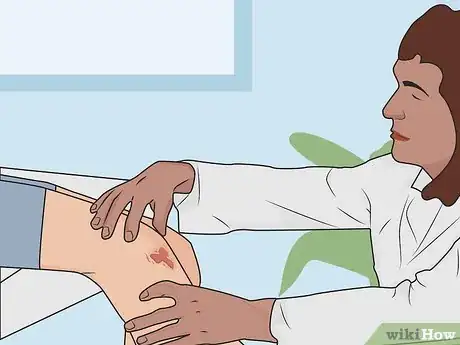




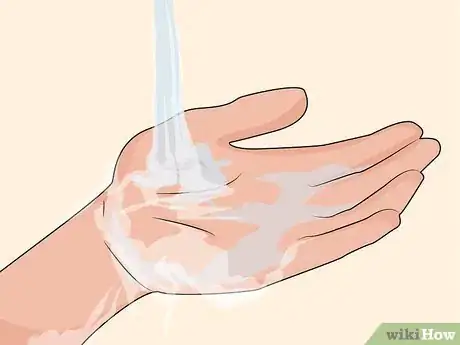
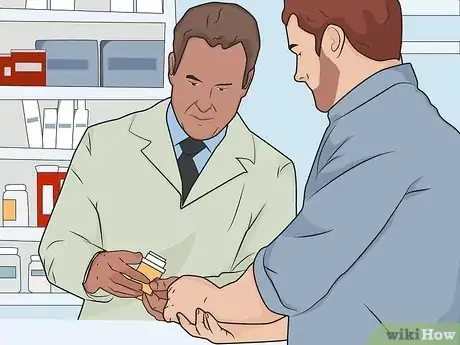
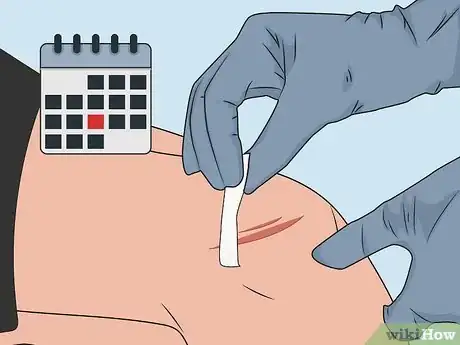
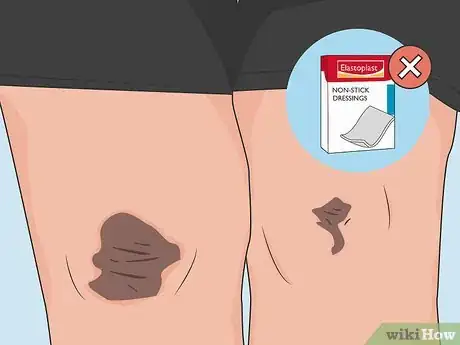
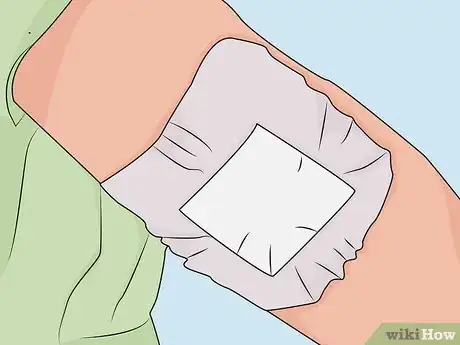
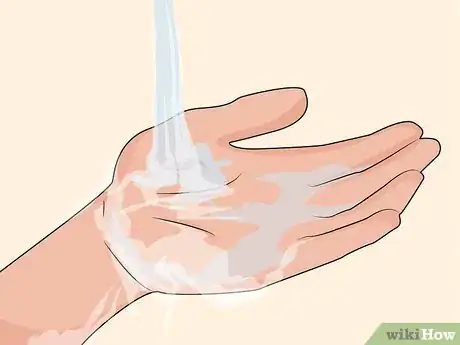
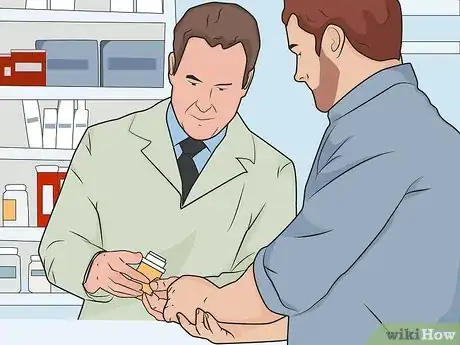

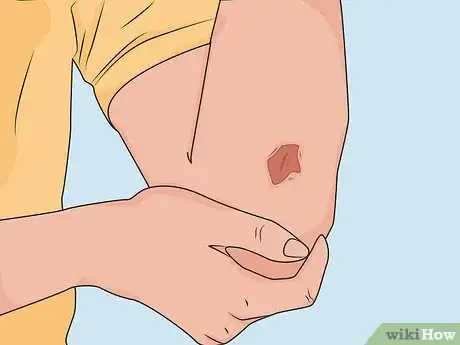
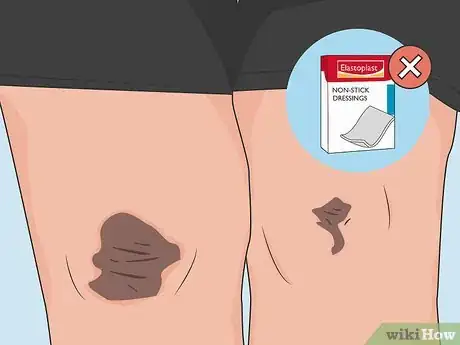
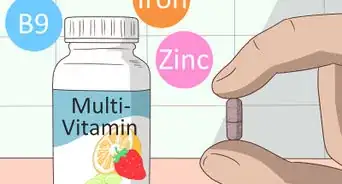
-Step-10-Version-2.webp)
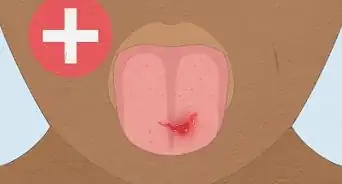

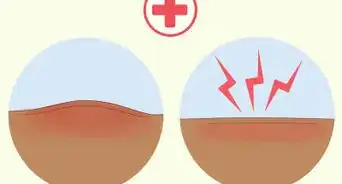
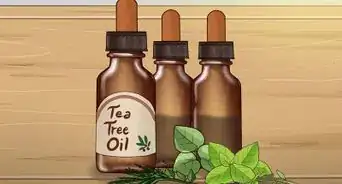
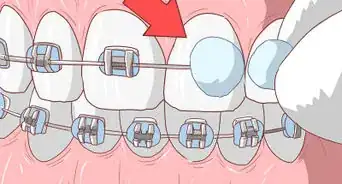
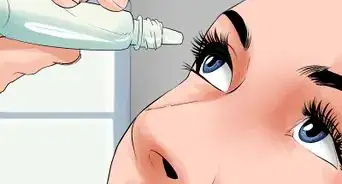

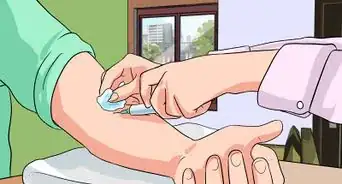









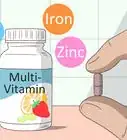
-Step-10-Version-2.webp)
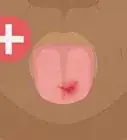
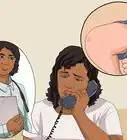



































Medical Disclaimer
The content of this article is not intended to be a substitute for professional medical advice, examination, diagnosis, or treatment. You should always contact your doctor or other qualified healthcare professional before starting, changing, or stopping any kind of health treatment.
Read More...